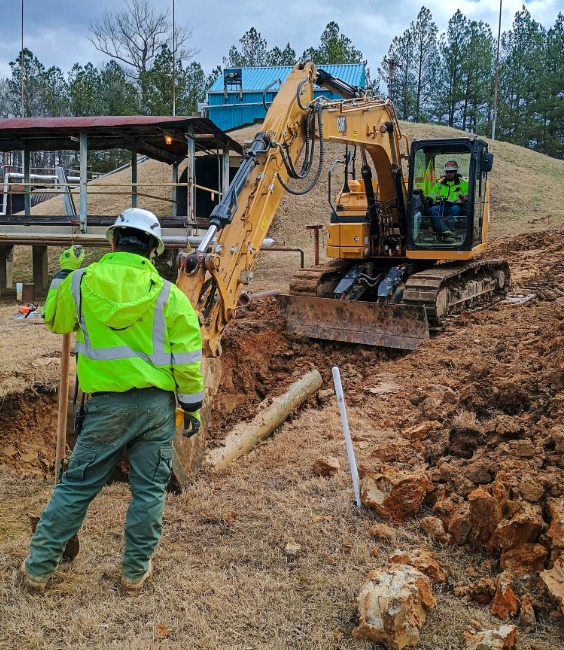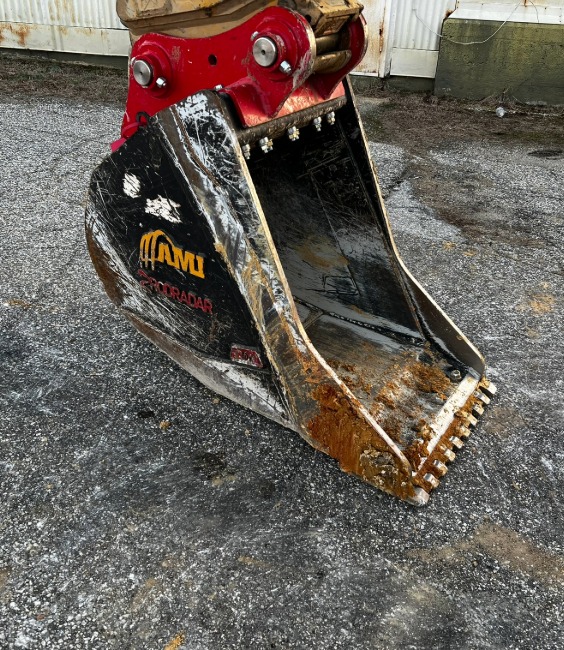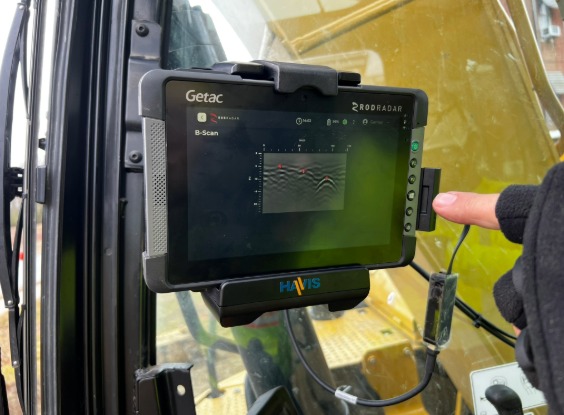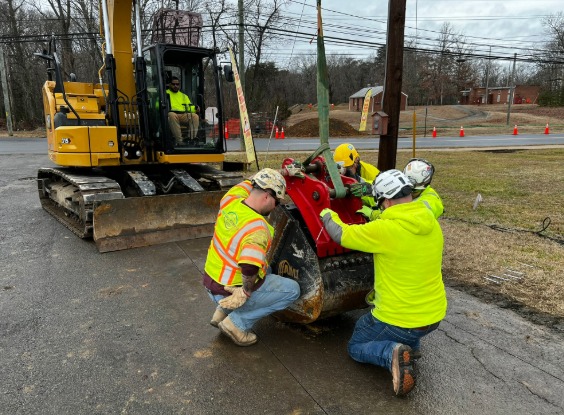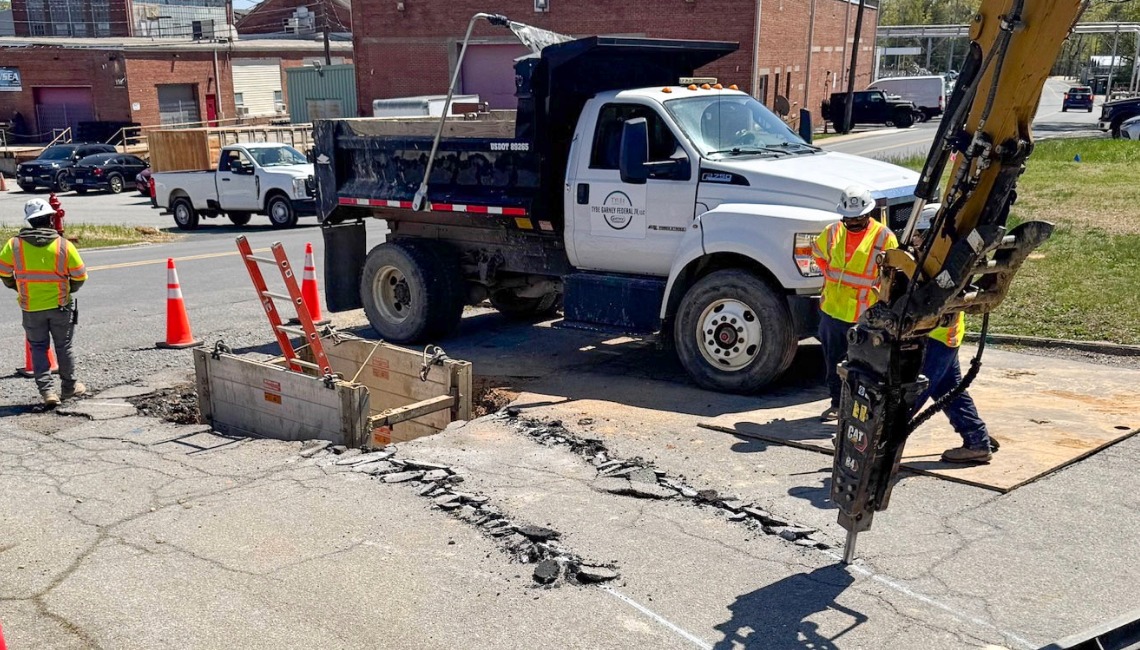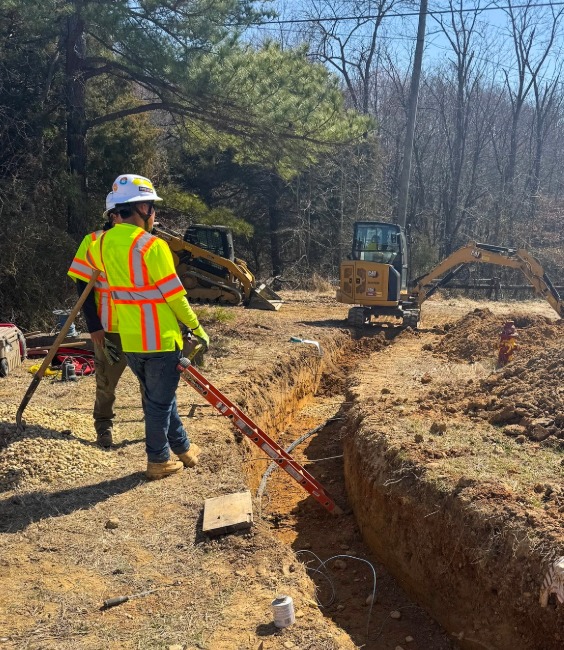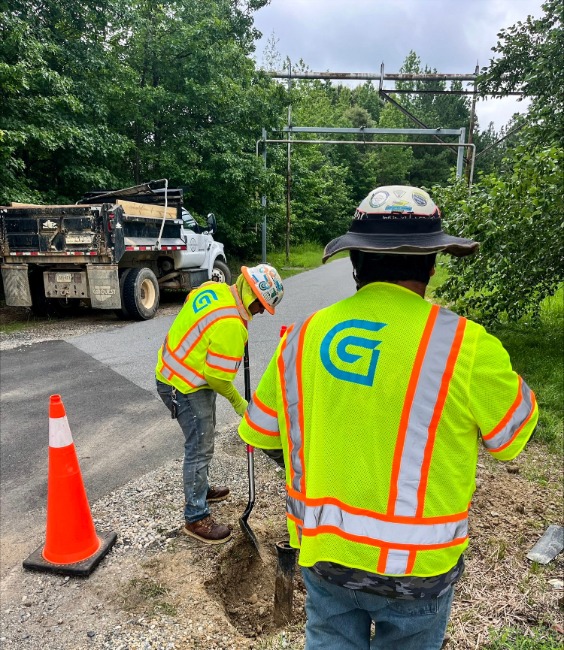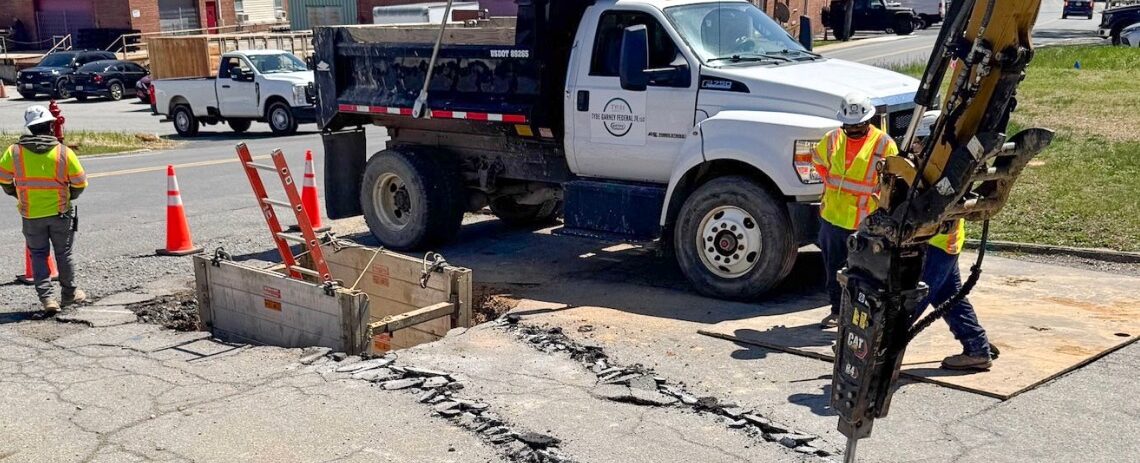Indian Head Naval Facilities Upgrades
Location
Indian Head, MDDelivery Method
- Design-Bid-Build
Client Type
FederalProject Type
Pipeline
The Naval Support Facility in Indian Head, Maryland, selected Garney to complete a comprehensive infrastructure modernization project addressing decades of deteriorating water systems at one of America’s oldest continuously operating military bases. Garney is leading the joint venture partnership with TyBe Company, LLC to execute the design-bid-build delivery, with Wiley Wilson and Burns & McDonnell serving as the engineering team. The project focuses on replacing critical potable water distribution networks serving the majority of the base’s facilities while upgrading fire suppression flow rates for manufacturing operations.
Upgrading the potable water and fire suppression systems throughout the base will significantly enhance operational efficiency, safety, and system reliability, supporting mission-critical functions and future growth. By replacing aging lines with streamlined, high-performance infrastructure, the facility will benefit from a 30% increase in water delivery efficiency, reduced maintenance demands, and improved fire protection for sensitive operations.
Key Solutions
Utility Detection and Damage Prevention:
As a base with more than a century of infrastructure, the Naval Support Facility presented complex challenges, including undocumented utility lines and sensitive operating conditions. Garney used the site as a pilot program for RodRadar’s LDR Excavate, an excavator bucket equipped with Live Dig Radar (LDR)—a real-time ground-penetrating radar system that detects underground utilities during excavation. This innovative technology helped crews avoid striking an estimated 200 existing lines, saving approximately $1.55 million in cost savings.
Safety in Hazardous Conditions:
Crews implemented hydroexcavation methods to safely work in areas with potential unexploded ordnance (UXO). While Garney crews did not enter designated UXO zones, each site was investigated by a specialized team to ensure safety.
Environmental and Operational Coordination:
Garney collaborated closely with the base’s environmental team to safeguard protected species and comply with timing restrictions for sensitive zones. Because the Naval Support Facility manufactures propellants susceptible to electromagnetic activity, Garney followed strict safety protocols that limited the use of cell phones, handheld radios, and surveying equipment throughout construction.
Project Status
The Navy is extending its project scope with Garney to include additional potable water and fire suppression lines at the base. This expansion represents a strategic investment to ensure the historic facility continues supporting national defense priorities for generations to come.
